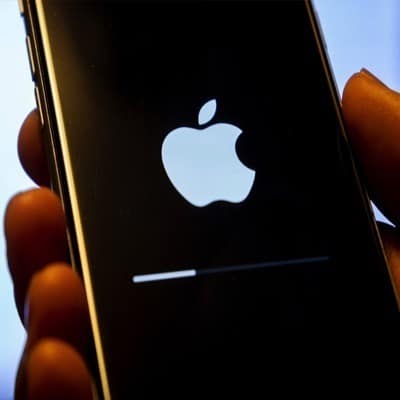
iOS 15 has been published by Apple. iOS 15.5, the most recent version of the mobile operating system, as well as its iPad counterpart, is now available globally. Apple made the download available after revealing the iPhone 13 at its annual hardware presentation last week.
iOS 15 generated discussion even before it was released. Due to uproar over snooping, Apple’s kid safety features were intended to be included in this update. They’ve been put on hold indefinitely. For the second year in a row, when the new version of iOS is introduced, a crucial new feature is missing.
Apple’s iOS 14 app tracking settings, prevent marketers from monitoring you throughout your phone. They were postponed until May 2021 and included in iOS 14.5 after Facebook and other advertising companies protested about its impact. Although the complaints did not prevent Apple from implementing the changes.
Block email trackers
Apple improved app tracking in iOS 14. This time, it’s the hidden trackers stashed away in the emails you receive that are being targeted. These trackers are most commonly in the form of pixels added into the body, header, or footer of emails. They convey information about you back to the email sender.
Apple’s new Mail Privacy Protection stops email senders from seeing your IP address or when you view the message, which is useful for commercial emails and newsletters. Rather, it will route your IP address via several proxy servers before assigning you a new IP address at random. By default, Mail Privacy Protection is disabled; instead, go to Settings, Mail, Privacy Protection, and select the Protect Mail Activity option.
See what apps are doing
Apple has added an App Privacy Report to the Privacy section of Settings in iOS 15, which you can enable by tapping on Record App Activity and turning on the option. The privacy report provides a brief overview of which of your phone’s sensors each app has utilized in the previous seven days, as well as the domains to which it has connected during that time.
Hide your IP address.
As part of iOS 11, Apple launched Intelligent Tracking Prevention (ITP) for the Safari web browser in September 2017. ITP is Safari’s method of blocking online tracking that follows you around the web as you browse. Apple’s machine learning is used to determine which domains track your browsing and then remove the data stored on people’s phones.
In the previous four years, technology has advanced, and with iOS 15, Apple now offers the ability to disguise your IP address from trackers. It implies that websites can’t convert your IP address into an identification that they can subsequently use to link all of your surfing. To enable IP address concealing, go to Settings, Safari, Hide IP Address, and then toggle the Trackers and Websites toggle.
Use iOS authenticator.
Turning on two-factor authentication for all of your online accounts is one of the most important things you can do to protect yourself from hackers. To access your account, you’ll usually need to provide a code – frequently created by an app or given through SMS – in addition to your password.
SMS codes are less secure than app-generated codes. Apple is releasing its authenticator with iOS 15, which eliminates the requirement for third-party apps. Under Settings, Passwords, you may set up verification codes. They may then autofill when you sign in to a website using Safari.
With Private Relay, you can keep your browsing private.
With the purchase of an iCloud+ subscription, Apple is adding some of its more advanced privacy protections. In addition to the enhanced online storage offered with iCloud+, users who pay get four additional privacy and security capabilities. It’s the latest move in Apple’s service-oriented strategy.
The first is Apple’s iCloud Private Relay, which is a VPN-like service that routes your online traffic via numerous servers while concealing your location. Your web traffic is sent in two directions to prevent anyone, even Apple, from determining what you’re looking at online. The first stage entails Apple servers encrypting the URLs you are viewing. Then removing information associated with it that may identify you. At the same time, another company will assign a temporary IP address – Apple says it is working with “trusted partners.”
If you have iCloud+, go to Settings, tap on your name at the top of the screen, choose iCloud, Private Relay, and turn it on. While it shares some characteristics with VPNs, it differs in that it only works in Safari rather than throughout your entire device.
Analyze the basics of privacy on iOS.
Given that you’re already considering your iPhone’s privacy settings. It’s worth having a look at the alternatives available before iOS 15. You may be sharing more information with apps and companies than you think. There are some easy steps you can do to improve your on-device privacy.
To get started, click to Settings and then Privacy. The first thing you should do is check to see if Location Services is enabled. Turning off Location Services fully is the best privacy-preserving choice. This, however, may not be the most practical solution. Tap Tracking when you’re in iOS’s Privacy section. This option displays which applications seek to follow your behavior across apps and allows you to disable tracking. Use the setting to prevent applications from asking you if you wish to be monitored; all tracking requests will be refused.
In Privacy, you can also check which applications have access to your contacts, calendars, photographs, Bluetooth, files, camera, microphone, and other device sensors.
